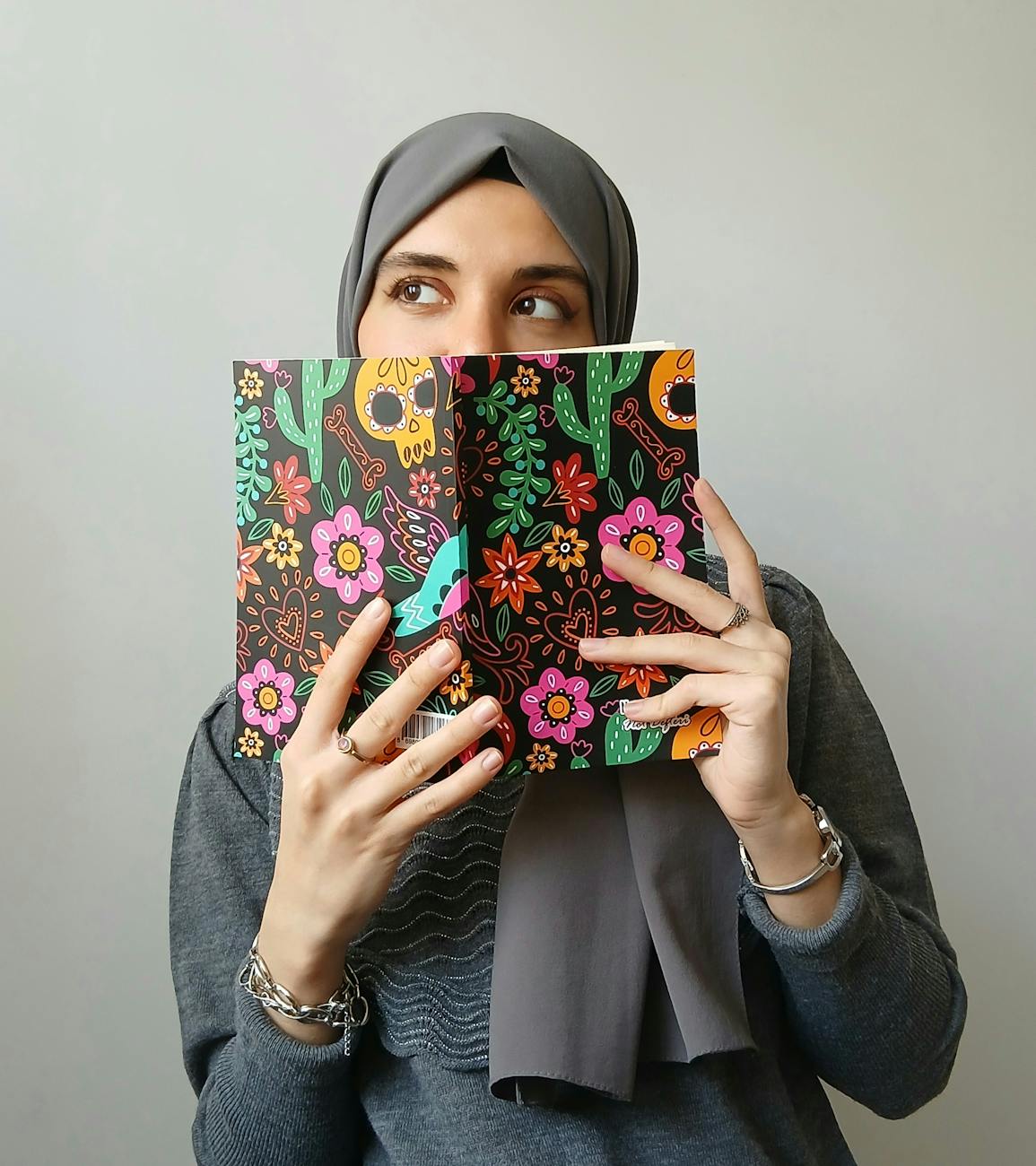The Power of Multisensory Learning in Education

The Impact of Engaging Multiple Senses in Learning
Traditional education often focuses on visual and auditory learning methods, but recent studies have shown the benefits of incorporating multiple senses into the learning process. Multisensory learning involves engaging not just sight and sound, but also touch, taste, and smell to enhance learning outcomes.
Engaging Visual and Tactile Senses
Visual aids such as graphs, charts, and diagrams can help students better understand complex concepts by providing a visual representation. Similarly, hands-on activities that involve touch and manipulation can improve retention and application of knowledge.
Incorporating Olfactory and Gustatory Learning
While less common in traditional education, incorporating smell and taste into the learning process can have a profound impact. For example, certain scents can trigger memory recall, while tasting different foods can be used to explore cultural and historical topics.
Implementing Multisensory Learning in the Classroom
- Provide hands-on activities and interactive experiences
- Use visual aids and multimedia presentations
- Incorporate sensory elements such as scents and tastes into lessons
By embracing multisensory learning techniques, educators can create a more engaging and effective learning environment that caters to the diverse needs and preferences of students.





